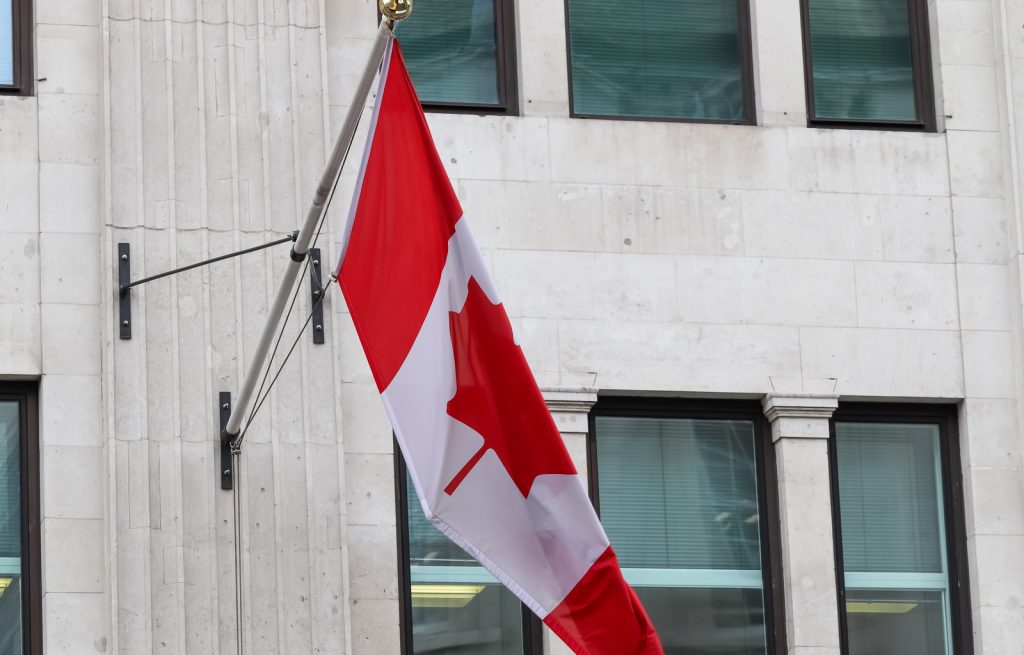To keep your flagpole in good condition, you must regularly inspect it for damage.

You should also clean the flagpole periodically to remove dirt and grime. If you live in an area with high winds, you may need to replace the flagpole more frequently. Finally, you should always follow the manufacturer’s instructions for care and maintenance. Flagpoles come in a variety of materials, sizes, and shapes. The best material for a flagpole depends on its purpose. Flagpoles can be installed in a variety of locations. To keep your flagpole in good condition, you must regularly inspect it for damage and clean it periodically. Get more detail about flaggstang.
A flagpole is a vertical pole that is used as a support for displaying flags. Flagpoles are traditionally topped with a crossbar or, less commonly, an arc. The term “flagpole” is also used as a verb, meaning to fly a flag from a pole. It was not replaced until 1801 when the cross of Ireland was added.
As opposed to being flown on the same plane as the flag, other objects such as pennants, standards or ensigns are usually mounted on a separate flagstaff. The first Union Flag was created in 1606 by James I combining the crosses of St George (England) and St Andrew (Scotland).
The current design, or Union Jack, dates from 1801 due to significant changes in the arrangement of the crosses. The Act of Parliament introducing it provided that no further changes were to be made without Queen Victoria’s approval. In 1854, a version of the flag for private use (known as the “red duster”) was introduced for merchantmen:
The blue ensign was introduced in 1864 for use by the Royal Navy. The flag of the British East India Company was used until it became a corporation in 1858 and took the name “The United East India Company”. For more detail about søyler.
In 1869, a new red ensign was approved for merchantmen, to include the British Red Ensign as an “admiralty flag”, which could be flown outside Britain only at the request of the captain or owner of a ship. It was given legal status under an Act of Parliament in 1900, but it gradually fell into disuse, and by 1954 it had been formally abandoned.
Flagpoles can also be based on a number of different types of “poles”, and they can be placed in position in a number of different ways. A higher base will have the advantage that they will not be blown over as easily by wind, and they may last longer, however, the disadvantage is that people will not be able to see the flag from as far away when attached to a high flagpole
